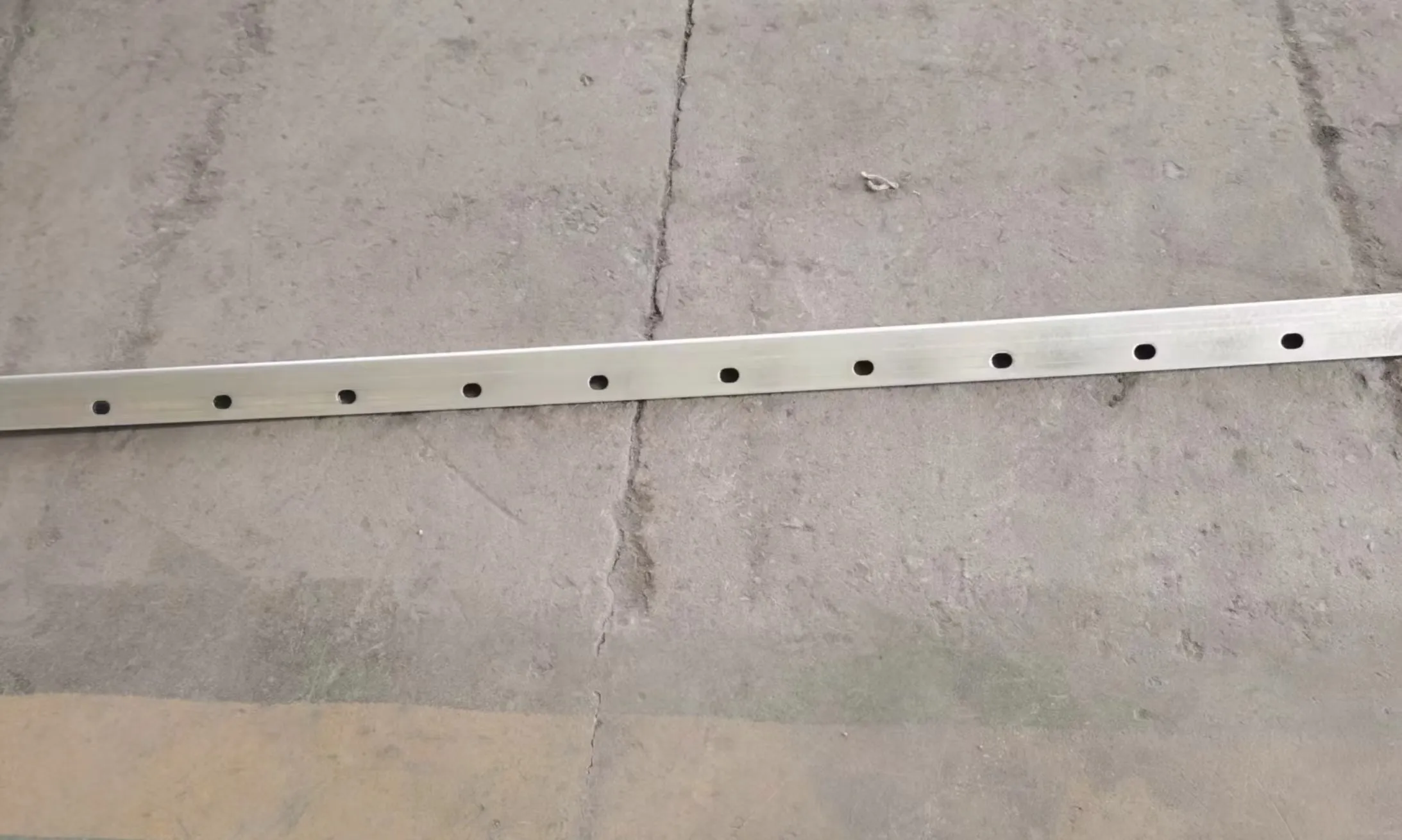loading...
- No. 9, Xingyuan South Street, Dongwaihuan Road, Zaoqiang County, Hengshui, Hebei, China
- admin@zjcomposites.com
- +86 15097380338
- Welcome to visit our website!
walkway frp grating
The Advantages of Walkway FRP Grating in Modern Applications
In recent years, the use of Fiber Reinforced Polymer (FRP) grating has gained significant popularity across various industries, particularly for walkway applications. FRP grating is a composite material made from a combination of polymer resins and fiberglass, which provides several benefits that traditional materials such as steel or wood cannot match. This article will explore the advantages of walkway FRP grating, emphasizing its strength, durability, versatility, and sustainability.
One of the most notable advantages of FRP grating is its exceptional strength-to-weight ratio. Despite its lightweight nature, FRP grating can withstand heavy loads and harsh environmental conditions. This attribute makes it an ideal choice for walkways in industrial facilities, offshore platforms, and chemical plants, where the flooring must support significant weight while also resisting corrosion and rust. Traditional materials often succumb to deterioration over time, especially when exposed to moisture and chemicals. In contrast, FRP grating remains intact and functional, leading to reduced maintenance costs and prolonged lifespan.
The Advantages of Walkway FRP Grating in Modern Applications
Versatility is another factor that makes walkway FRP grating a preferred choice in diverse applications. It can be manufactured in various shapes, sizes, colors, and load-bearing capacities, allowing it to cater to specific project needs. FRP grating can also be customized with different resin formulations to enhance its performance depending on the application, such as anti-static properties for electronic manufacturing or UV resistance for outdoor environments. This adaptability means that industries spanning construction, marine, and entertainment can all benefit from FRP grating solutions tailored to their unique requirements.
walkway frp grating

In addition to its functional advantages, FRP grating holds significant environmental benefits. As sustainable practices continue to gain traction worldwide, the use of eco-friendly materials in construction is becoming increasingly important. FRP grating can be produced with a lower carbon footprint compared to traditional materials, and its long lifespan means less frequent replacements, further reducing waste. Additionally, the manufacturing processes for FRP can often be more sustainable, using less energy and producing fewer harmful byproducts.
Moreover, FRP grating is often easier to install than traditional materials. Its light weight and modular design allow for quicker installation processes, which can significantly reduce labor costs and construction time. Once installed, FRP grating requires minimal maintenance, allowing businesses to focus their resources on core operations rather than facility upkeep.
As industries continue to evaluate and adopt innovative solutions for safety and efficiency, the choice of materials becomes paramount. The benefits offered by walkway FRP grating—such as its strength, durability, versatility, and sustainability—position it as an optimal solution for various applications. Organizations looking to enhance safety and functionality while minimizing long-term costs should consider incorporating FRP grating into their infrastructure.
In conclusion, walkway FRP grating stands out as a superior choice for modern applications, merging practicality with environmental consciousness. As more industries recognize the advantages of this advanced composite material, it is likely to play a significant role in the future of construction and facility management. Investing in FRP grating is not just a choice for today’s needs, but a forward-thinking decision that aligns with the growing demand for sustainable and durable building solutions.
-
The Rise of FRP Profiles: Strong, Lightweight, and Built to LastNewsJul.14,2025
-
SMC Panel Tanks: A Modern Water Storage Solution for All EnvironmentsNewsJul.14,2025
-
GRP Grating: A Modern Solution for Safe and Durable Access SystemsNewsJul.14,2025
-
Galvanized Steel Water Tanks: Durable, Reliable, and Ready for UseNewsJul.14,2025
-
FRP Mini Mesh Grating: The Safer, Smarter Flooring SolutionNewsJul.14,2025
-
Exploring FRP Vessels: Durable Solutions for Modern Fluid HandlingNewsJul.14,2025
-
GRP Structures: The Future of Lightweight, High-Performance EngineeringNewsJun.20,2025
